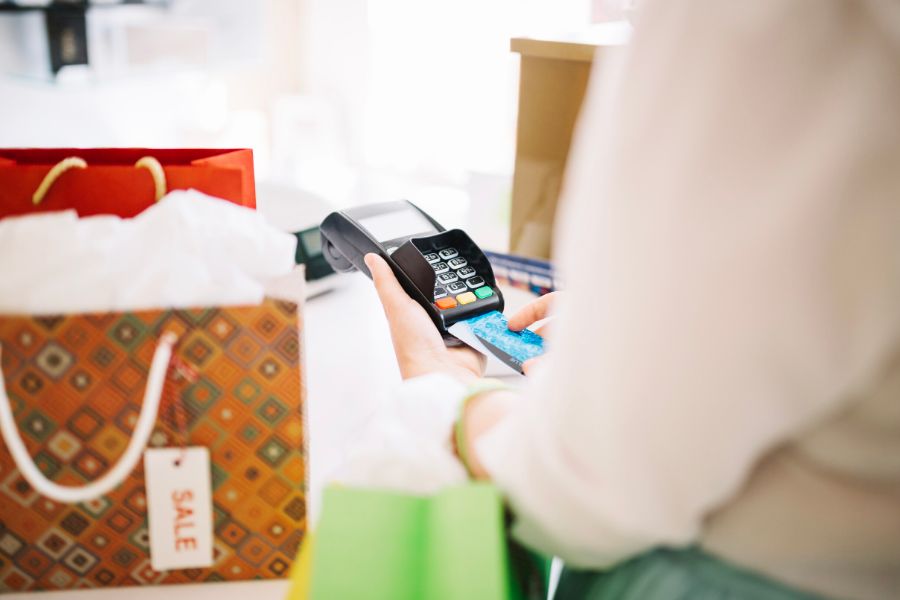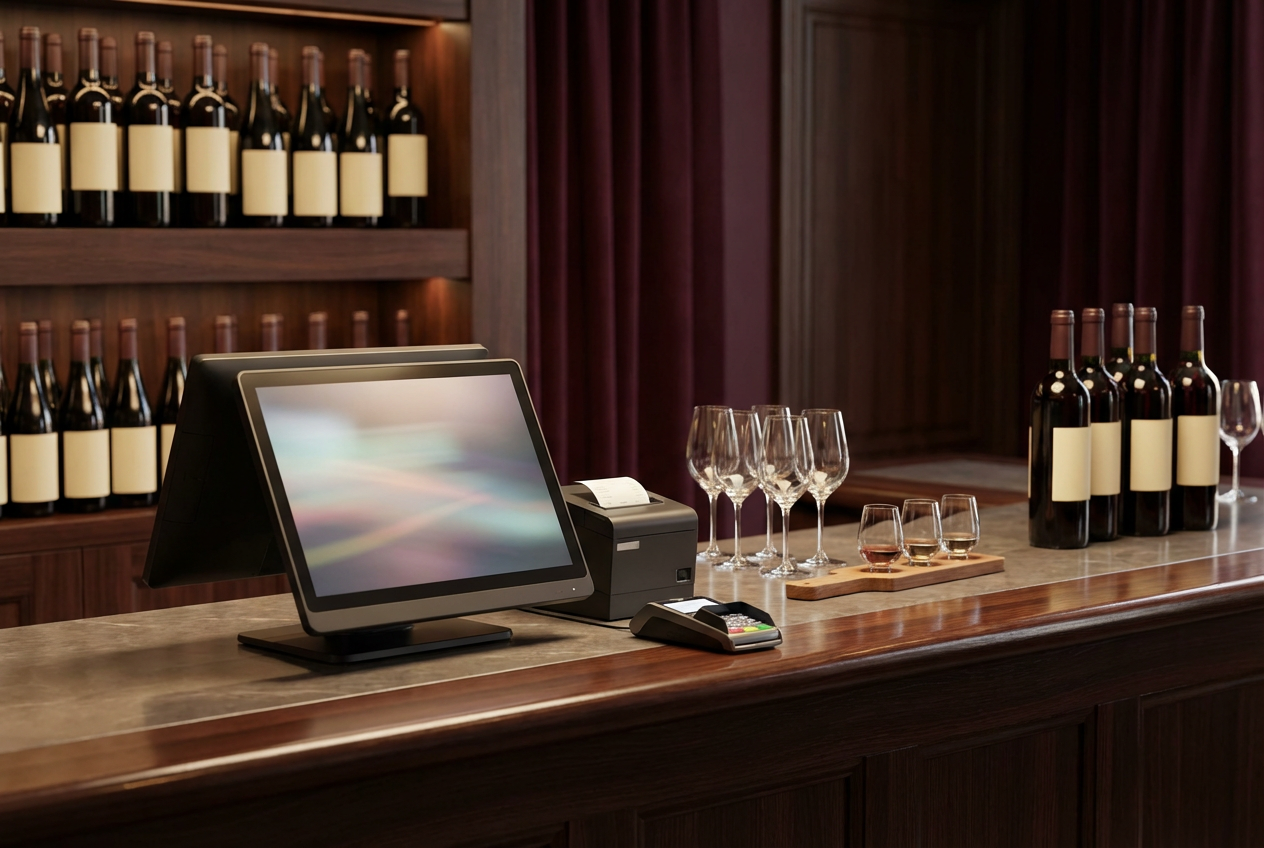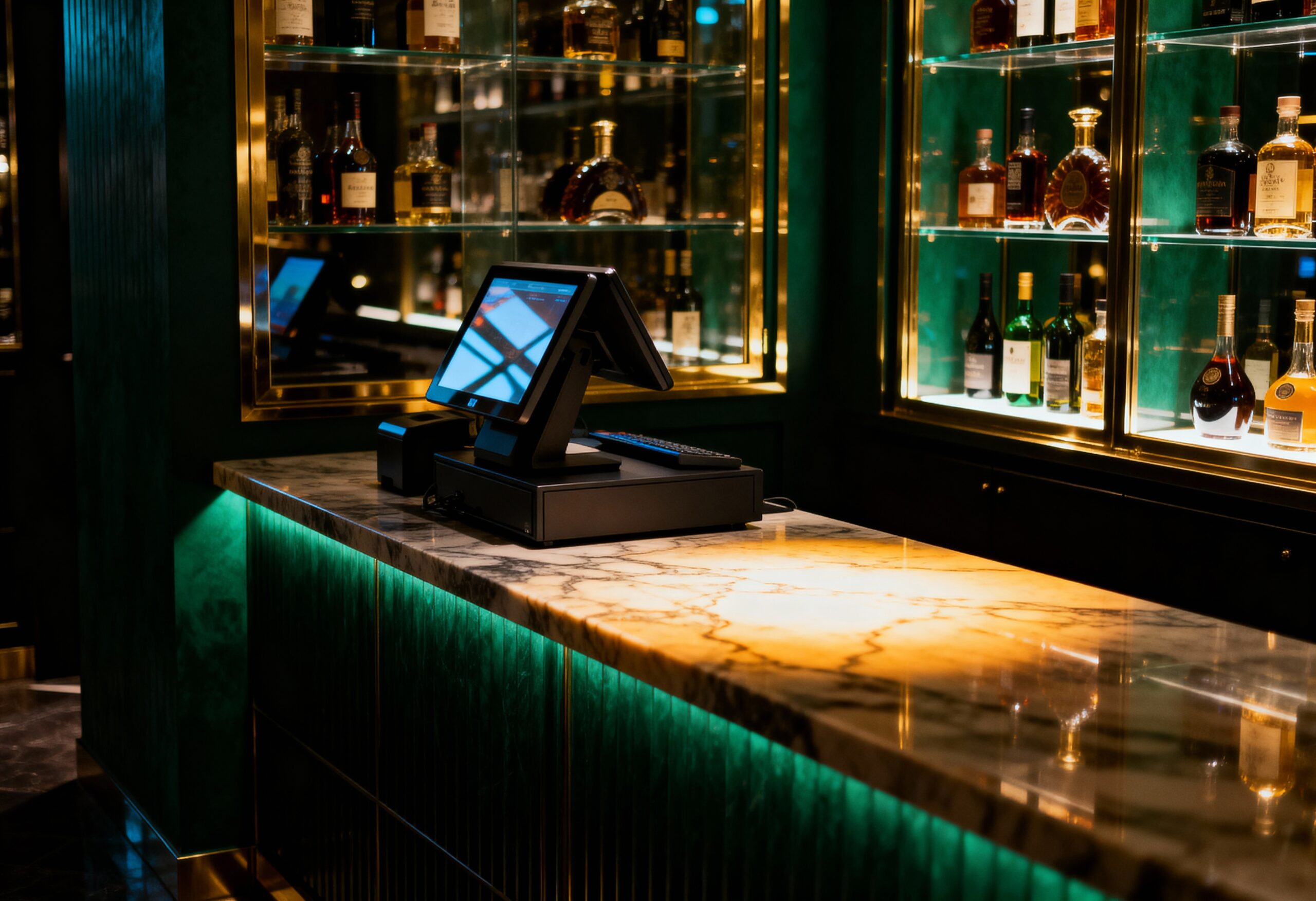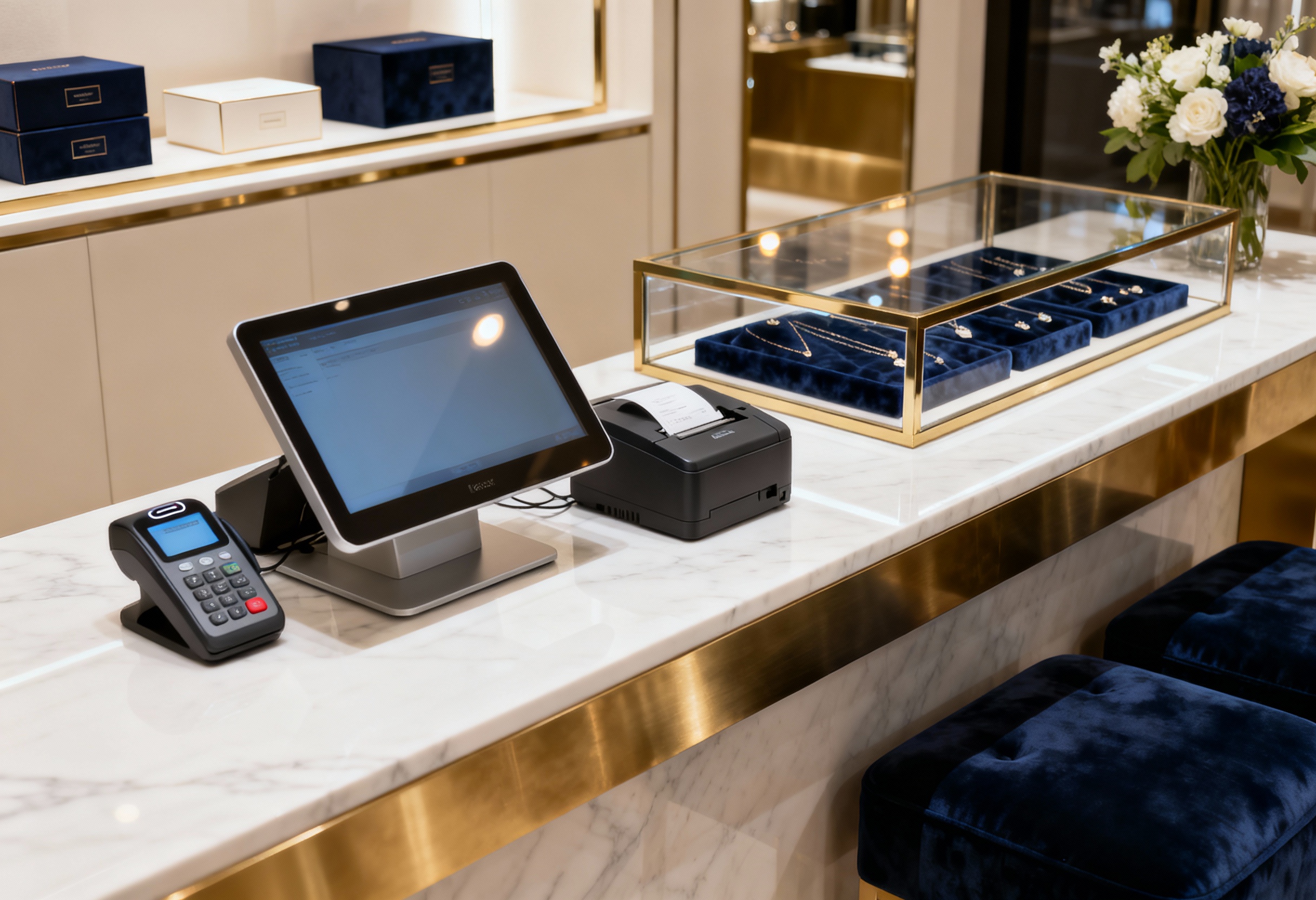In the ever-evolving world of retail, businesses are breaking free from the limits of traditional storefronts. One of the most exciting trends in this space is retail shopping on wheels, also known as mobile pop-up stores. These mobile shops combine the flexibility of eCommerce with the charm of in-person shopping, offering brands a unique and dynamic way to engage customers.
In this article, we’ll explain how mobile pop-up stores work, the technology that powers them, the benefits they offer, and how retailers can launch one successfully in 2025 and beyond.
What Is a Mobile PopUp Store?
A mobile pop-up store is a fully functional retail setup housed inside a vehicle—usually a van, truck, or trailer—that travels to different locations to sell products. Think of it as a retail store on wheels, complete with shelving, payment systems, inventory, and even branding elements.
These mobile shops often appear at:
- High-footfall areas (parks, beaches, campuses)
- Local events and festivals
- Business districts during peak hours
- Community
How Do Mobile Pop-Up Stores Work?
Design and Setup
The interior of the vehicle is customized to fit the brand’s retail needs. This includes:
- Display racks and lighting
- Fitting rooms (in some cases)
- Power outlets and Wi-Fi
- POS system integration (often cloud-based)
- Branding and signage
Mobility and Route Planning
Retailers use geolocation tools or customer data to plan routes strategically. Apps like Google Maps and Waze help optimize delivery times, while CRM systems suggest ideal hotspots based on customer concentration.
Sales and Payment Processing
Mobile pop-up stores rely on portable POS systems like Shopify POS, Square, or Lightspeed, which:
- Accept card, mobile, and contactless payments
- Sync inventory with your online store
- Offer real-time reporting
Inventory Management
Cloud-based inventory tools help sync stock levels across the mobile shop, warehouse, and online store. Most mobile retailers use smart devices or tablets to scan SKUs and update inventory instantly.
Marketing and Engagement
Social media and SMS marketing are essential to announce locations and time slots. QR codes and loyalty apps help connect in-person shoppers to the brand’s digital ecosystem.
Benefits of Retail Shopping on Wheels
Low Overhead Costs: No rent or long-term leases. The only costs include vehicle maintenance, fuel, staff, and permits.
►►► Optimal solution set for businesses: Multi store POS, Next-gen POS, Inventory Management Software (MSI), Self Service, Automation, Backorders
High Flexibility: You can change locations based on demand, seasonality, or events. Test new markets with minimal risk.
Stronger Customer Engagement: Face-to-face interactions build trust and create memorable brand experiences.
Integrated Omnichannel Strategy: POS and CRM integrations allow seamless coordination between your mobile, online, and brick-and-mortar operations.
Quick Setup & Tear-Down: Compared to traditional pop-ups or store leases, you can launch a mobile retail unit in weeks.
Advantages of a mobile pop-up shop
A mobile popup store is a fast and flexible option for promoting your business’ brand without being limited to one location.
Firstly, these mobile stores are flexible and diverse, allowing the brand to easily move to any area and easily get unique designs to attract more and more customers. These stores are mobile to cities with different venues and festivals around the country and draw customers in from the rich experiences you offer.
Another advantage of the popup store is creating a direct and close connection with the customer. In the evolving e-commerce landscape, online shopping offers many conveniences, but the physical experiences these mobile stores provide are priceless.
Furthermore, these mobile shops also help businesses to test new markets or new products. Besides, it also helps to increase sales.
How do mobile popup stores work?
Mobile popup shops are commonly known as “fast-track retail” stores. These mobile stores all aim to foster customer-brand interaction through limited, exclusive experiences, which aim to get the community excited about face-to-face connections. These mobile stores are like other physical stores but moved and made more special to help stimulate sales.
These mobile stores allow customers to “make a name for themselves” of their favorite online brands. Instead of using chatbots, or email, your brand partners can communicate directly with the audience. More specifically, pop-up stores allow brands to interact with customers uniquely while creating a sense of urgency to visit while the pop-up store lasts.
Examples of mobile popup stores
There are many examples of mobile po-up stores. The most prominent and popular are the food trucks or popup cafes. Food trucks or cafes often attract many customers thanks to unique marketing tactics. These stores will target consumers who love the food and beverage experience.
Having just emerged in the last few years, the fashion pop-up mobile store is also getting a lot of attention because it is always creative and attracts consumers thanks to its unique design, many attractive promotions and quality products.
Technology Powering Mobile Pop-Up Stores
| Function | Recommended Tools |
|---|---|
| POS System | Shopify POS, Square, Lightspeed POS |
| Inventory Sync | TradeGecko (QuickBooks Commerce), DEAR Systems |
| Payment Processing | Stripe, PayPal Zettle, Clover Go |
| Marketing | Instagram, TikTok, SMS via Klaviyo or Postscript |
| Navigation & Routing | Google Maps, Circuit Route Planner |
| CRM & Loyalty | HubSpot, Smile.io, LoyaltyLion |
Use Cases: Brands Doing It Right
1. Glossier Pop-Up Van: The beauty brand Glossier launched a mobile showroom that toured cities across the U.S., offering product samples and limited-edition merch—an instant Instagram hit.
2. Warby Parker Class Trip: The eyewear retailer converted a yellow school bus into a traveling showroom, helping build national awareness before opening physical stores.
3. Local Artisans & Food Trucks: Many small businesses and artisans use retrofitted vans to sell handmade items, snacks, and gifts at farmers’ markets, often accepting mobile payments via Square.
Challenges to Consider
While mobile pop-up stores offer many advantages, there are challenges:
- Licensing and Permits: Each city has different rules for mobile retailing.
- Weather Dependency: Outdoor events may be canceled due to rain or extreme heat.
- Limited Inventory Space: You’ll need smart product selection and real-time inventory tracking.
- Maintenance Costs: Fuel, repairs, and upkeep add recurring costs.
Steps to Launch a Mobile Pop-Up Store
1. Define Your Retail Goals
Is it brand awareness? Testing a new market? Clearing inventory?
2. Choose the Right Vehicle
Opt for something reliable, easy to brand, and customizable—think Sprinter vans, retro trailers, or box trucks.
3. Invest in a POS System
Choose a POS with offline mode, mobile compatibility, and cloud-based inventory.
4. Plan Your Route
Start with high-traffic areas or customer-dense neighborhoods. Partner with events or local businesses.
5. Create a Promotion Strategy
Use geo-targeted ads, Instagram Stories, and email campaigns to drive foot traffic.
6. Measure and Adjust
Track sales, customer engagement, and ROI. Use data to refine your mobile retail strategy.
Mobile Retail Trends for 2025
- AI-Powered Route Optimization: Use AI to determine the most profitable locations and times.
- Sustainable Store Design: Expect more electric vehicles and eco-friendly materials.
- Augmented Reality (AR): Brands may offer virtual try-ons or immersive AR experiences right at the curb.
- Automated Inventory Refill: Smart systems that trigger reordering when stock runs low on the go.
Conclusion
Retail shopping on wheels isn’t just a trend—it’s a scalable, customer-centric way to sell in today’s competitive environment. With low startup costs, mobility, and powerful POS integrations, mobile pop-up stores offer the best of both physical and digital retail worlds.
Whether you’re an established brand or a startup testing new markets, a mobile pop-up store could be the agile retail solution you’ve been waiting for.
Mobile popup retail stores offer many benefits to businesses, and brands are increasingly choosing it as a strategy to grow their businesses. Contact us if you need assistance with managing your pop-up stores.
►►► Optimal solution set for businesses: Shopify POS, Magento POS, BigCommerce POS, WooCommerce POS, NetSuite POS, E-Commerce POS



